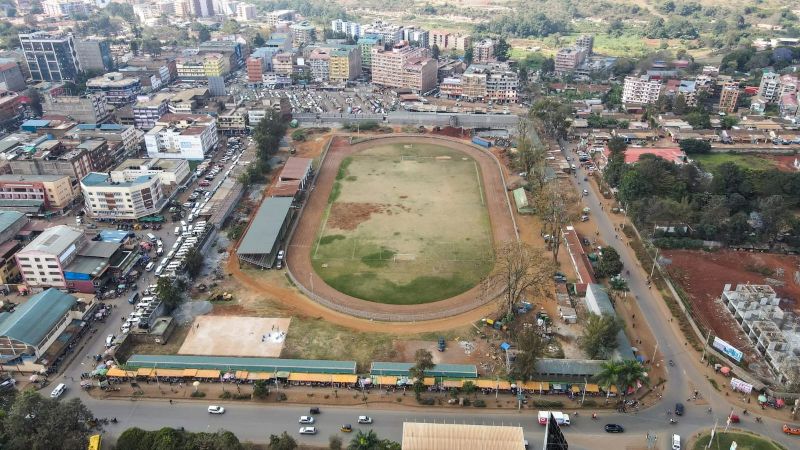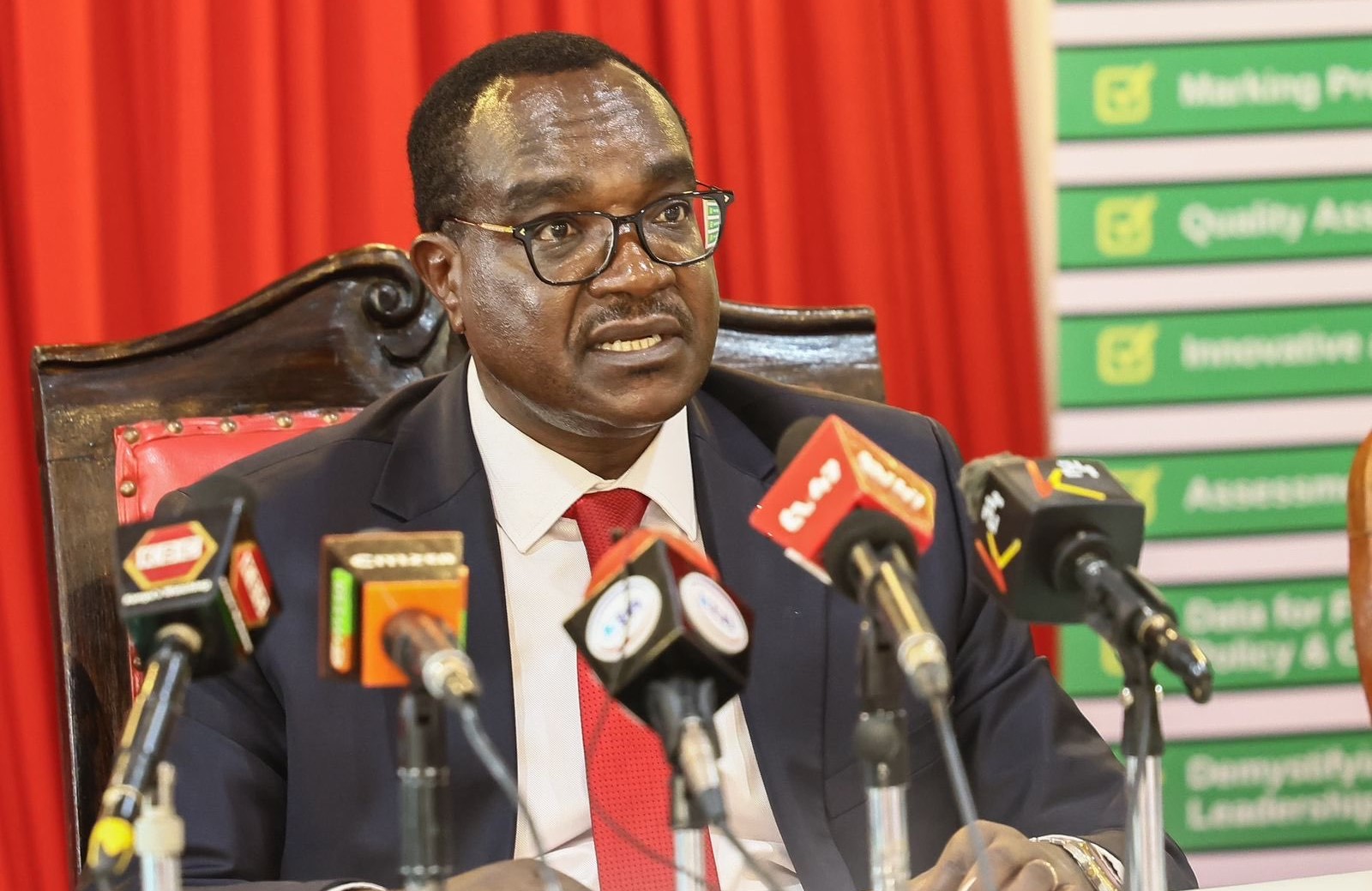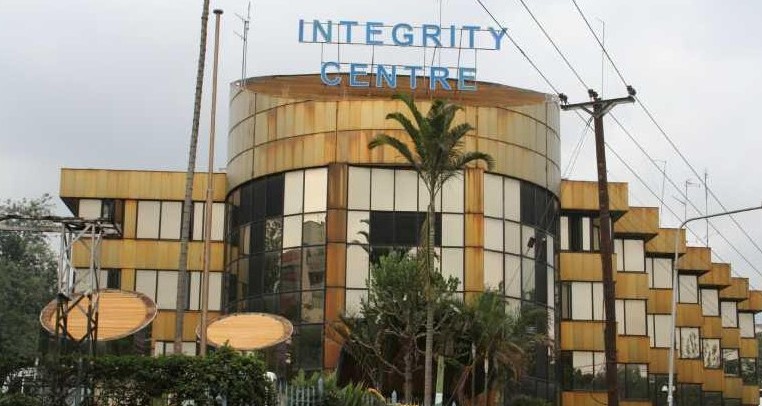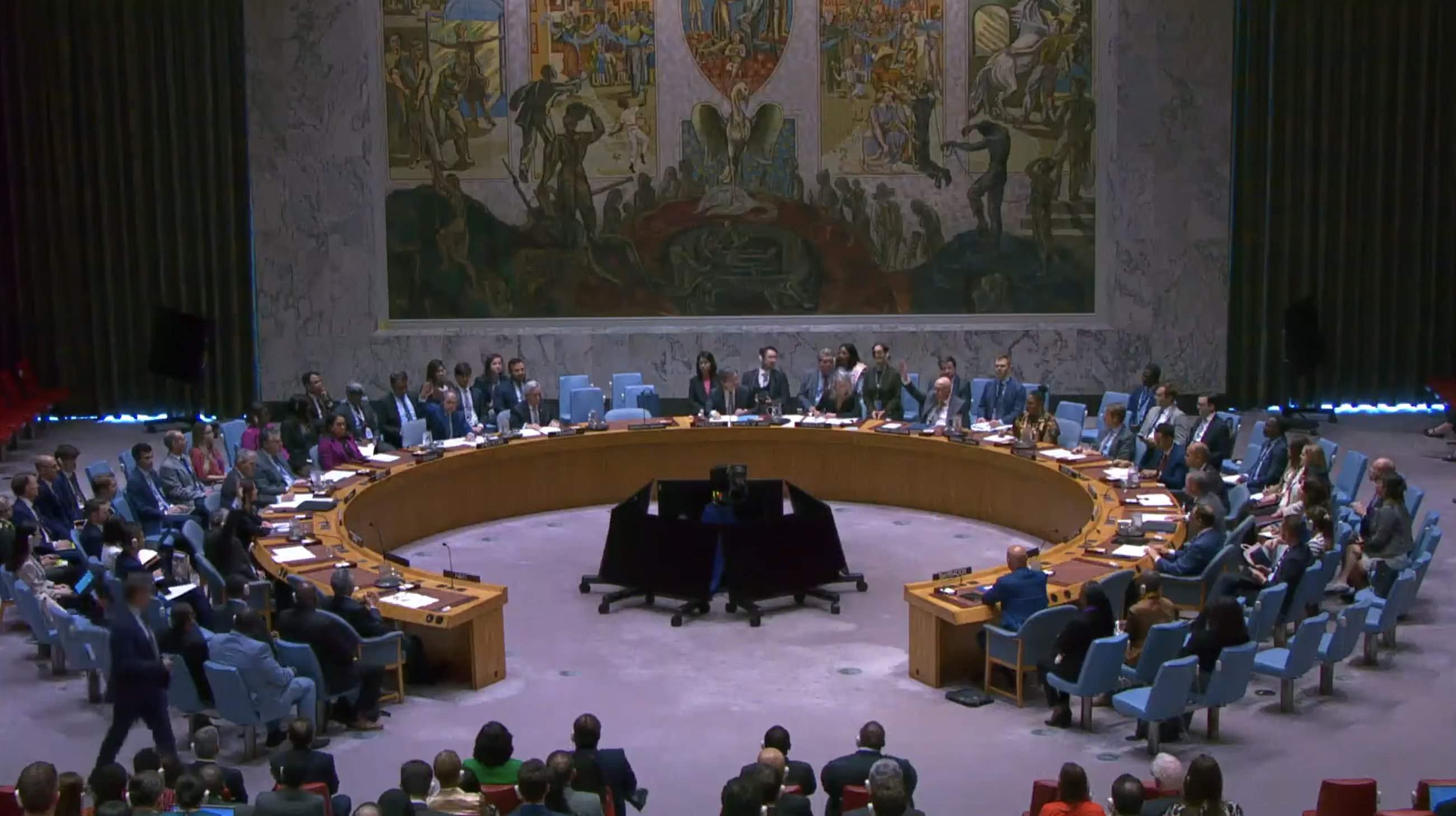How circuit, mobile courts expanded justice to underserved communities - report

The Judiciary cleared more cases than were filed in the last financial year, marking a major shift in efficiency as new courts, sub-registries, and digital services expanded across Kenya.
Kenya’s courts resolved 647,666 cases in 2024/25, a 25 per cent rise from the previous year, according to the State of Judiciary Annual Report 2024/2025.
The increase reflects a combination of mobile courts, service weeks, and the digital platform 'Mahakama Popote', which helped redistribute cases and ensure timely justice, particularly in underserved areas.
More To Read
- Explainer: How courts operate when the judiciary goes on recess
- Lawyer petitions CJ Koome to lift restrictions on e-filing system, cites rights violations
- Senator Sigei urges state agencies to share responsibility for protecting human rights
- Court to hear petition challenging eligibility of Embu North MP Leo Wa Muthende
- Voters challenge Mbeere North MP Wamuthende’s victory over electoral name discrepancy
- Chief Justice Koome calls for stronger East Africa judicial collaboration
The Judiciary cleared more cases than were filed in the last financial year, marking a major shift in efficiency as new courts, sub-registries, and digital services expanded across Kenya.
Chief Justice Martha Koome announced the progress while launching the report on Friday, saying the institution is strengthening service delivery even as demand for justice continues to grow.
Koome said the annual document reflects how the judiciary has applied its authority and the results achieved over the past year. She said it demonstrates reforms aimed at improving access and fairness.
“Everybody wants to experience fairness and justice,” she said, adding that the report shows the steps taken to protect the public and uphold professionalism across offices. A key achievement highlighted was the expansion of judicial services.
Circuit courts remained a key tool for bringing justice closer to the people, handling 2,956 cases across 79 sessions nationwide.
Mobile courts further strengthened access, managing 7,872 new cases and resolving 6,751, focusing on communities that traditionally face challenges in reaching judicial services.
Tribunals also saw improvements with the launch of centralised service centres in Nairobi and Kisumu, combining registries, courtrooms, digital hubs, and archives. Within weeks of opening, the Kisumu centre had registered over 150 cases.
The Mahakama Popote platform redistributed 19,089 cases to less busy court stations, allowing officers to assist courts experiencing high workloads. Out of these, 14,240 cases were resolved, guided by newly developed protocols to ensure fair allocation of work.
Service weeks across courts and tribunals contributed significantly to backlog reduction.
According to the report, the High Court cleared 2,507 cases, while tribunals resolved 1,725. Special sessions were held for children’s cases and succession matters.
In addition, a Rapid Results Initiative at Nairobi prison handled 3,157 cases, helping ease prison congestion.
Social justice programs also expanded, including plea bargaining, community service, and diversion initiatives. Sh86 million was allocated to pro bono legal services, assisting indigent litigants to access justice.
Efforts to simplify court procedures continued through the development of user-friendly guides and manuals, as highlighted in the report.
These included e-guides for self-representing litigants, case management guides for the Court of Appeal, and specialised registry manuals for tribunals and other courts.
The report highlights trends in case filings and resolutions.
Total cases filed reached 621,525, up 20 per cent from the previous year, driven in part by the expansion of Small Claims Courts from 11 to 40 stations.
Civil cases rose to 384,539, criminal cases slightly increased to 263,127, while the Kadhis Courts recorded a decline in resolved matters.
Overall, case resolution increased by 25 per cent, achieving a clearance rate of 104 per cent and reducing pending cases.
The report underscores the judiciary’s focus on efficiency, accessibility, and innovation, showing progress in clearing backlogs, expanding services to marginalised communities, and modernising court procedures.
Top Stories Today















































